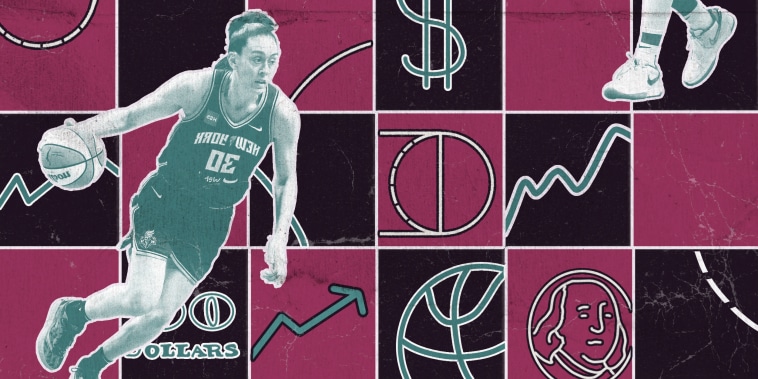In the world of professional sports, the wage gap between male and female athletes has been a long-standing issue, often garnering significant attention and debate. The recent news of Caitlin Clark’s pro salary has once again shed light on this complex and troubling reality, particularly in the context of the WNBA and NBA.
The stark economic disparity between the two leagues has become increasingly evident, with top male players in the NBA earning significantly higher salaries compared to their female counterparts in the WNBA. This stark contrast in compensation raises important questions about gender equality, representation, and the value society places on women’s sports.
One of the key factors contributing to the disparities in salary between the WNBA and NBA is revenue generation. The NBA, with its long history and global popularity, generates substantially more revenue compared to the WNBA. This disparity in revenue directly impacts player salaries, as athletes in leagues with higher revenues often command higher pay.
Another factor that contributes to the wage gap is the difference in endorsement deals and sponsorship opportunities between male and female athletes. Male athletes in the NBA often secure lucrative endorsement deals with major brands, which further bolster their income. In contrast, female athletes in the WNBA have historically faced challenges in securing similar endorsement opportunities, limiting their earning potential.
Moreover, societal attitudes towards women’s sports play a significant role in perpetuating the wage gap between the WNBA and NBA. Women’s sports have long been undervalued and marginalized in mainstream media and society, leading to lower viewership, attendance, and revenue for female leagues compared to their male counterparts. This lack of exposure and investment in women’s sports further compounds the economic challenges faced by female athletes.
Addressing the economic disparities between the WNBA and NBA requires a multi-faceted approach that involves collaboration between stakeholders, including league officials, sponsors, media outlets, and fans. Increasing investment in women’s sports, promoting gender equality in sports media coverage, and challenging societal perceptions of women’s athletics are crucial steps towards closing the wage gap and ensuring fair compensation for female athletes.
Ultimately, the wage gap between the WNBA and NBA reflects broader systemic issues of gender inequality and discrimination that persist in the world of sports and beyond. As the conversation around pay equity and representation in sports continues to evolve, it is essential to advocate for greater recognition and support for female athletes, reaffirming their value and contributions to the athletic world. By working towards a more equitable and inclusive sports industry, we can create a future where all athletes, regardless of gender, are fairly compensated and celebrated for their achievements on and off the field.
